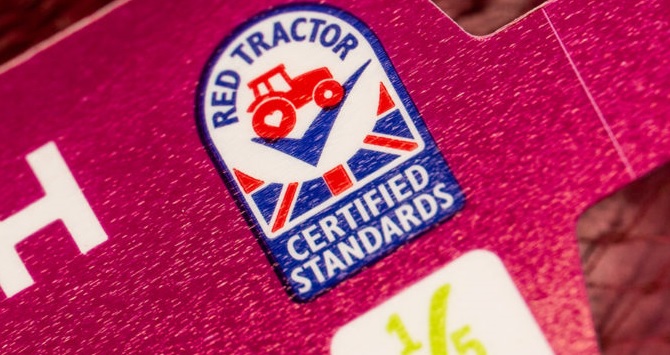
Progress is being made in implementing recommendations to reform the UK’s farm assurance system, but delivery remains uneven across the sector, according to the first monitoring report from the UK Farm Assurance Review (UKFAR).
The findings will be closely watched by farmers who have long called for a simpler, more transparent assurance system that reduces audit burdens and improves trust in standards.
The update, published today, marks the completion of the first stage of a post-review monitoring process commissioned by the UK farming unions and AHDB. It was carried out independently by Monitoring and Reporting Commissioner Dr David Llewellyn.
The report tracks how the organisations involved are acting on the 56 operational recommendations made in the original UKFAR report. It focuses mainly on actions scheduled for completion within six months, while also reviewing progress on longer-term measures.
Evidence for the review was gathered from 40 participating organisations — including all 12 of the major farm assurance schemes, UK government departments, regulators and food chain bodies — through a survey and written submissions.
While Dr Llewellyn’s findings show encouraging progress, he noted that delivery varied widely depending on each scheme’s starting point. Some had made significant strides, while others were still in the early stages of implementation.
He also highlighted positive action from farming unions, AHDB and sector regulators, as well as the Welsh Government, which has taken on specific recommendations from the review.
“It was a natural step for the sponsoring bodies of the UK Farm Assurance Review to wish to understand how the recommendations in the Commission’s report were being implemented,” Dr Llewellyn said.
“The fact that 40 organisations made contributions to this report is a sign that there is a commitment to change the nature and delivery of farm assurance and to reaffirm the position of the farming community as a key part of the farm assurance system.”
However, he cautioned that not all government departments had engaged as fully as hoped.
“Disappointingly, other government bodies have not yet been as engaged as might have been wished,” he said. “It remains to be seen, in the second monitoring round next year, whether they will play their part in driving improvements in the farm assurance system.”
Dr Llewellyn said that while progress was evident, more collaboration across the industry would be needed to deliver the deeper reforms farmers expect.
“Whilst progress is being made, there remains more to be done,” he said. “Some of the more challenging issues identified by the Review will require effective collaboration across the industry to deliver improvements to the farm assurance system.”
He added that the “acid test” would be whether farmers eventually see practical differences on the ground — such as simpler audit procedures, clearer communication from assurance bodies and a reduction in the overall administrative burden. A second monitoring report is due in spring 2026.
Responding to the findings, Alistair Mackintosh, Chair of Red Tractor, said the update recognised meaningful progress by the assurance scheme.
“Today’s update from David Llewellyn highlights Red Tractor’s progress and our commitment to delivering tangible change for farmers,” he said.
“Since welcoming the recommendations in the review, Red Tractor has increased transparency around decision making, formalised the process for setting standards and delivered improvements to the Red Tractor portal.”
He said the scheme was continuing to overhaul its communications, explore ways to reduce audit burden through technology and involve farmer representatives more closely in decision-making.
“This work focuses on delivering value and improving how assurance works for farmers, but it will take time,” he said. “Farmer representatives on our Sector Boards have been involved at every stage, helping shape reforms that aim to deliver greater value to members.”
Mackintosh added that Red Tractor would continue working with stakeholders across the food chain as part of its upcoming standards review, ensuring that requirements remain robust, practical and aligned with consumer expectations.
With the next UKFAR monitoring report due in spring 2026, attention will turn to whether this early momentum can be sustained — and if farmers begin to see the simpler, fairer assurance system they’ve been promised reflected on the ground.
